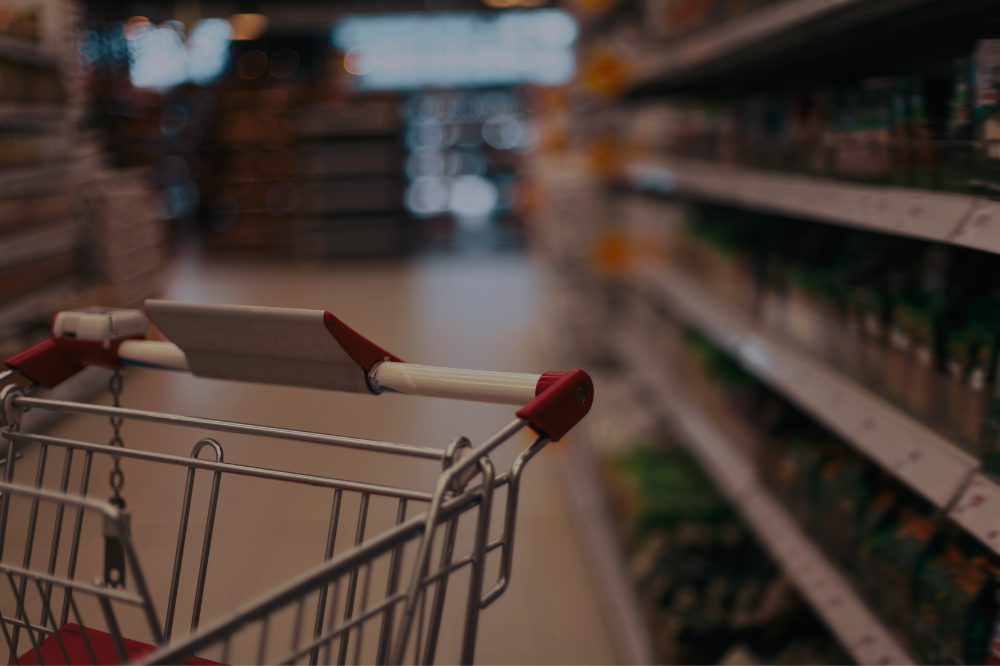Due to a higher cost of living, Americans are resorting to buy now, pay later for groceries and going into debt!
Many Americans already have debt from housing and/or auto loans, and now food is being added to the list. As food prices increase, one in four adults has been using credit cards, buy now pay later installment loans or payday loans to pay for groceries, according to research from the Urban Institute – conducted in December 2023. And this trend, can lead to major financial struggles.
“The rate of price increases is slowing, but households are still paying more today for groceries than they did last year. That might mean that folks are having to rely on liquidity sources other than their income to be able to meet their very basic needs, their food needs”, said Kassandra Martinchek, senior research associate at the Urban Institute.
The report revealed that in 2023, 20% of adults who used credit cards for groceries didn’t pay off their full balance. This means they are making the minimum payment, but accruing interest. In addition to that, another 7.1% didn’t even make the minimum payment, resulting in both interest and fees. Besides using credit cards, 19.3% of surveyed people paid for groceries by dipping into savings, 3.5% used buy-now-pay-later services, and 1.9% relied on payday loans.
“We see it as a canary in a coal mine, indicating that families might be having trouble. Typically, folks are going to pay for their groceries out of funds that have been allocated for this purpose. The use of these various forms of debt and savings might indicate that folks are having trouble bridging their income and expenses”, said Martinchek.
Unfortunately with inflation, interest rates are through the roof and debts are at an all-time high. According to Federal Reserve data, interest rate on credit cards reached 21.59% in February, up from 14.75% in February 2021.
On top of that, the consumer-price index for groceries rose by 1.1% in April compared to the previous year. Americans are also dealing with higher costs in other areas, such as shelter (up 5.5% year-over-year) and transportation services like car insurance and maintenance (up 11.2% year-over-year).
Household food insecurity, meaning limited or uncertain access to nutritious and safe foods, increased for the second consecutive year in 2023. People experiencing very low food security struggled more with debt than those facing less severe food hardship, as the report noted. According to the Agriculture Department, the rising food prices have hit low-income households hardest. Those earning under $14,191 spent $5,090 on food, which is 31.2% of their income. In contrast, households earning over $140,363 spent $15,713 on food, or 8% of their income.
If you want to check out more news and financial tips on our website, you can click on this link!

